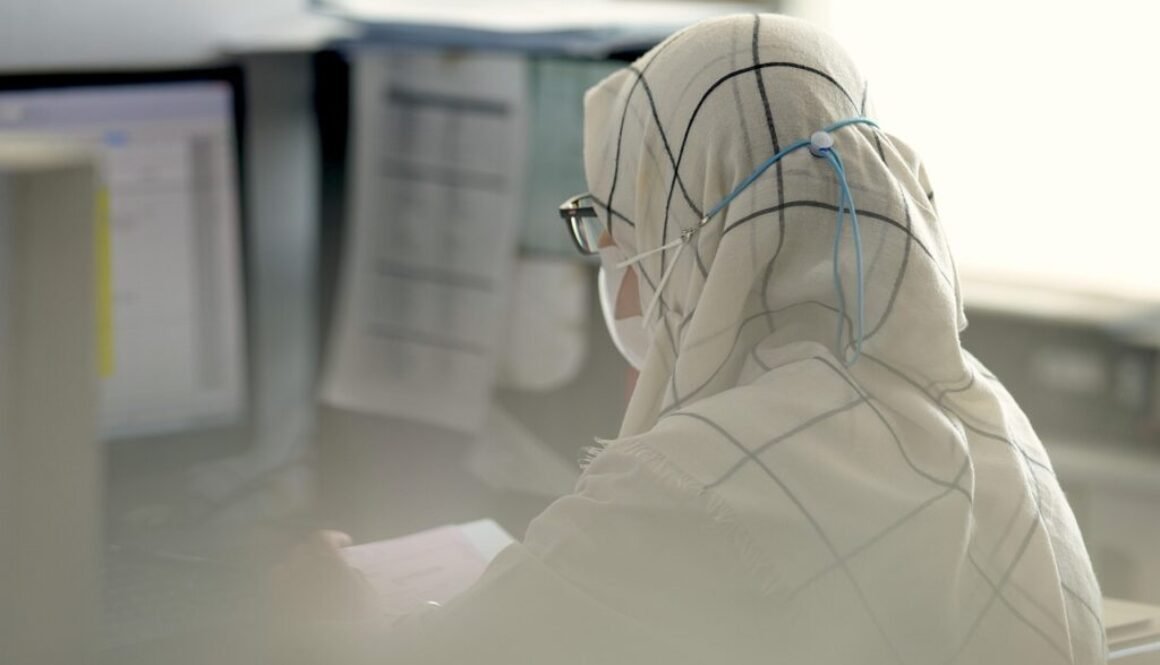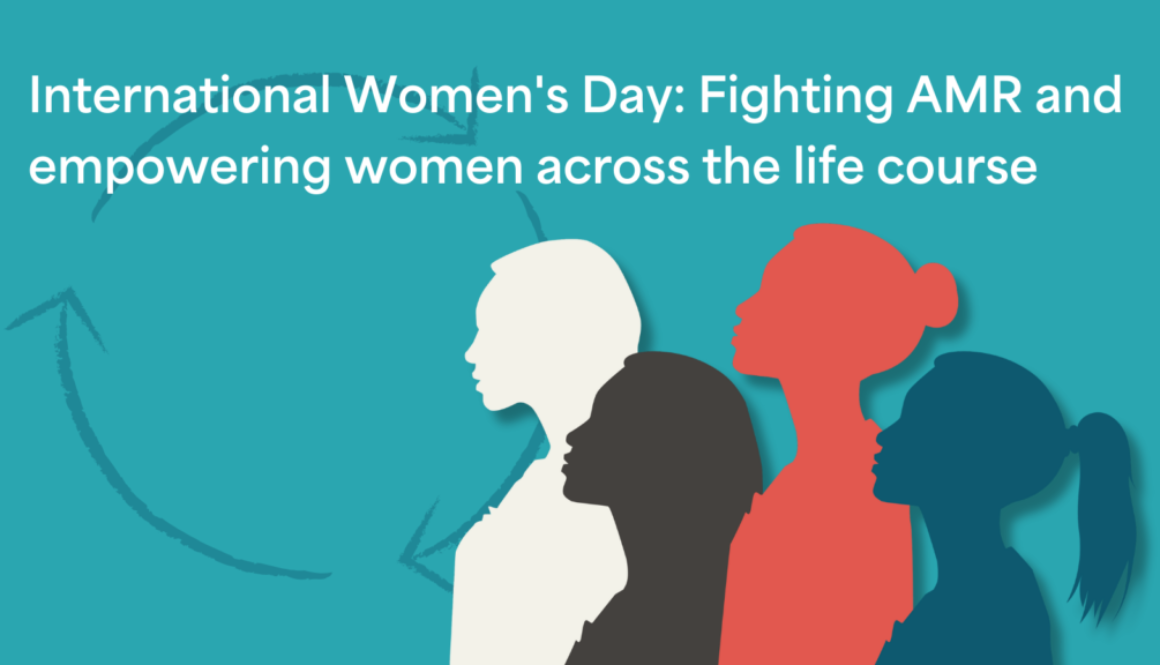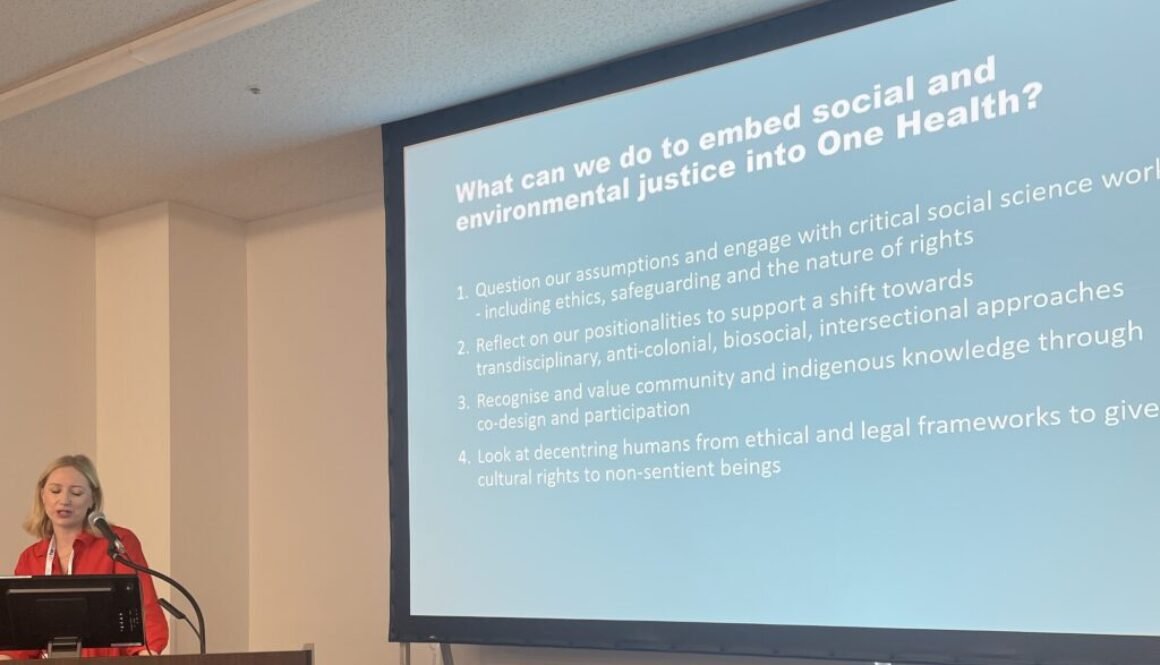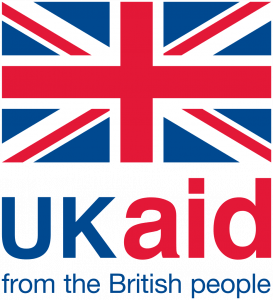Webinar: equity analysis using AMR surveillance data
This blog post, by Meenakshi Monga and Ralalicia Limato, brings us up to speed on a recent GEAR up webinar on the use of surveillance data. Speakers from Lao PDR and Tanzania provided real-world examples and there was plenty of time for questions and answers!
In early 2025, the GEAR-UP team travelled to Tanzania, Lao PDR and Uganda to collaborate with country grantee teams on the analysis of tailored approaches for incorporating gender and equity into the analysis of antimicrobial resistance (AMR) surveillance and antimicrobial use (AMU) data. Through hands-on analysis, GEAR up focused on building local capacity, sharing lessons, and creating frameworks that reflect the needs of each country. These visits represented more than technical support—they were part of a bigger shift toward inclusive, data-driven strategies that can strengthen responses to curb AMR.
To share experiences on this work, on 29 May 2025, the GEAR up consortium hosted a webinar titled “Understanding an Equity Analysis Using Surveillance Data Experience.” In this session, GEAR up and collaborators presented the step-by-step approach to examine AMR and AMU data through gender and equity lenses, as well as the results from Lao PDR and Tanzania.
Russell Dacombe, Senior Research Associate at LSTM, opened the session with a warm welcome and set the tone for the discussions ahead. He was followed by Andy Ramsey and Ralalicia Limato, GEAR up consultants, who shared experiences and key takeaways from their recent country visits. Their presentations offered practical insights into how an equity-focused approach is being applied to surveillance data in the field.
One of the highlights came from Lao PDR, where May Soe Thwe, Technical and Data Project Lead at Fondation Mérieux, presented learnings from an equity analysis of Phase 1 AMR surveillance and AMU data. Her presentation focused on data from urinary tract infections (UTIs), melioidosis, and surgical antibiotic prophylaxis —shedding light on inequitable risks of developing AMR and contracting infections between people from different sexes, age groups, and occupations.
From Tanzania, Joel Manyahi, Associate Professor in Microbiology and Clinical Microbiologist at Muhimbili University of Health and Allied Sciences and Muhimbili National Hospital, shared real-world applications of equity assessments with an example of UTIs.
The event wrapped up with an interactive Question and Answer session, allowing participants to raise questions and explore the practicalities of integrating equity into surveillance work. Russell Dacombe then closed the session with a brief reflection and thanks to all presenters and attendees.
Diagnosing and uncovering comorbidities beyond clinical data
One key area of discussion revolved around the depth of data analysis. While national surveys might not always capture extensive information like patient occupation, the ability to look further into diagnosis and comorbidities is vital. Analysing AMR data requires a structured approach to uncover meaningful insights.
Discussion centred around the importance of collecting a broader range of variables beyond just clinical data and steps of AMR data analysis with a focus on gender and equity. The process involves identifying key variables and reliable data sources, defining important stratifiers such as age, gender, or geographic location to ensure equity-focused analysis. Next, selecting relevant specimen types to analyse which may inform the suspected infections or infection sites. Following, identifying bacteriologically confirmed infections and the identified bacterial pathogens. The final step involves analysing AMR patterns based on stratifiers mentioned above. The outcomes showed that different sexes, age groups, or occupations have different risks of infection exposure and AMR development.
AMR surveillance: Addressing patient tracking and data duplication
AMR surveillance provides evidence needed to track resistance patterns to inform decisions on treatment guidelines and shape policies. This enables healthcare systems to identify emerging threats, allocate resources efficiently and measure intervention impacts. It also helps in identifying trends, prioritise high-risk populations and guide antibiotic stewardship programmes for timely and targeted response to AMR. However, one of the persistent challenges in data analysis, especially in regions where unique patient identifiers are not universally established, is tracking individual patients accurately and avoiding duplication in surveillance data. This is important because multiple samples from the same patient can skew results if not properly identified.
In Tanzania, regional and district healthcare facilities address this by using health information systems with unique patient IDs that remain consistent across visits, ensuring only the first occurrence of a condition is included in surveillance reports. Where unique IDs are unavailable, facilities cross-reference patient details and specimen numbers, analysing only one isolate per patient to prevent duplication. These practical solutions offer valuable insights for other countries facing similar data management challenges, proving effective patient tracking is achievable. The discussion also touched upon the importance of incorporating social and environmental risk factors alongside microbiological data. A more holistic approach—looking beyond the clinical aspects to consider a wider social context — can provide a better understanding of patient outcomes and inform more targeted, equitable interventions.
Moving Forward: Synthesising learning into action
The discussion highlighted an important message on the urgent need for people and systems centric approach towards analysing AMR surveillance data with an equity lens. As a way forward GEAR up team is synthesising these learnings into a guidance document to assist others in navigating the gender and equity analysis process, built upon the real-world experiences shared.
We extend our gratitude to all presenters and participants for their insightful contributions and engagement. Stay tuned for further resources as we continue to advance our understanding and application of AMR surveillance data for a more equitable future.











